Rapid response promotional planning
In the fiercely competitive world of retail marketing, brands and marketers often can't always plan their campaign schedules months in advance. Instead, they increasingly need to react quickly to fast-changing market dynamics to stay competitive and maintain their edge.
Rapid response marketing has become a key requirement for time-sensitive, budget-focused marketers. This shift is driven by consumer demands for affordability, intense price competition, and an increasingly aggressive competitive landscape. The ability to respond quickly allows companies to stay ahead by launching marketing activities swiftly, minimising shopper attrition, and maximising growth.
10 Tips for ‘Rapid Response’ Promo Planning
When schedules are tight, simplicity is key to delivering a compelling offer to market without delay. Despite the need to act quickly, having a go-to checklist of requirements is crucial to getting off to a flying start. Here are 10 helpful considerations for planning your next rapid response promo:
1. Define Stakeholder Deadlines: Campaign deployments require review by multiple stakeholders. Agree on a realistic schedule and delivery deadlines. Key planning components include defining the offer, terms & conditions, permits (if required), creative and messaging, brand guidelines, supplier/partners turnaround times, site setups, UAT process, feedback and revisions, and stakeholder approvals for go-live deployment.
2.Keep the Offer Simple: The incentive proposition should be simple, compelling, and easy to deliver. Avoid complex, multi-step redemption processes. Consider: Which products are eligible? What’s the reward structure? How do shoppers redeem the offer? What are the qualification criteria? Is proof of purchase required?
3. Be Targeted: Understand your audience (consumer, salesforce, trade, staff) to ensure the offer is contextually relevant and compelling.
4. Choose the Right Mechanic: Select a proven incentive mechanic that complements the offer. For example, Cashbacks add tangible value and foster loyalty without devaluing your brand, while Money Back Guarantee or Try Me Free mechanics remove cost comparison barriers.
5. Establish T&Cs Early: Define eligibility and participation requirements clearly to enable efficient setup of promotional terms and conditions by your provider/legal advisor. Early establishment minimizes delays and ensures compliance.
6. Secure your Permits: Certain states require permits for 'Game of Chance' promotions under the Trade Promotion Act. Ensure compliance to avoid legal exposure and protect brand reputation.
7. Supply Approved Creative: Streamline approval processes for creative assets to avoid bottlenecks. Circulate digital assets for feedback and amendments early.
8. Cover all Communication Touchpoints: Plan outbound communication channels thoroughly. Decide on updates post-purchase or claim submission, validation status, delivery updates, and automated email comms for customer engagement.
9. Have your Rewards Float Fund Ready: If using cash-based incentives like Cashbacks, ensure a reward float covers reward fulfillment costs promptly upon action completion. This maintains participant momentum and motivation.
10. Prepare for Customer Support: Establish clear feedback channels for consumer queries and updates. Provide seamless customer support mechanisms for questions and claim status checks.
If you are new to promotional incentive campaigns or would like to learn more about the Roilti BUILDER suite of incentive mechanics suited for rapid response deployments, get in touch, and we’ll show you how quickly and easily you can get a solution to market without all the headaches.

